Cameras at Chester Zoo have captured the moment a rare giraffe arrives into the world.
The adorable newcomer, who was born falling more than two metres (6ft) onto a bed of soft straw, arrived to 14-year-old mum, Orla, on Saturday (6 August) at 2:57am – bringing an end to a 15 month-long (473 day) pregnancy.
Keepers have named the new male calf Stanley after Mount Stanley, the tallest mountain in Uganda in Africa, where the zoo’s conservationists are fighting to boost giraffe numbers.
The incredible CCTV footage also shows the moment the newborn stands up and takes his very first steps and enjoys his first feed – a moment zookeepers say is ‘vitally important’ for the bond between mum and baby.
Right across Africa giraffes are listed as vulnerable to extinction by the International Union for the Conservation of Nature (IUCN) – the world’s authority on the state of the natural world. Although Rothschild’s giraffe numbers are now increasing due to conservation efforts, fewer than 2,500 remain in East Africa.
Sarah Roffe, Giraffe Team Manager at the zoo, said:
“Mum-to-be Orla was stood next to Dagmar, another experienced mum, for the delivery as she readied herself for the final push. Her calf then arrived into the world with quite the bump, causing the rest of the herd to jump to their feet. The excitement of a new calf suddenly appearing shortly before 3am certainly gave everyone quite the awakening! This two-metre high fall is a really important part of the birthing process as it’s what helps to break the umbilical cord and stimulates the calf to take its very first breath.
“While tiny in comparison to mum Orla, her new arrival was born already towering above us at 6ft tall and weighing a hefty 72kg!
“Following the dramatic birth, it’s vitally important that the calf gets to its feet quickly and ventures over to mum for its first feed – it’s these precious early moments that help to cement that special bond between the two of them. That’s exactly what occurred between Orla and her baby only minutes after his birth. It’s early days, but so far the calf is looking strong, healthy and very content, which is brilliant to see.”
Rothschild’s giraffes are still one of Africa’s most at-risk mammals as habitat loss to make way for mining, urban development or agricultural farming, as well as poaching for their skin, tails or meat has crashed their numbers.
However, in some parts of Uganda where the zoo and its partners are actively working, numbers are steadily on the rise thanks to decades of conservation efforts.
Mike Jordan, Director of Animals and Plants at the zoo, added:
“For many years giraffes across Africa have been experiencing a silent extinction, and now the world’s tallest land mammal is one of the at-risk species. Having a healthy new calf on the ground here at the zoo is therefore fantastic news for the threatened species breeding programme that’s boosting numbers in conservation zoos like ours.
“In tandem with the breeding programme, our team of giraffe experts have been helping our long term partners, the Giraffe Conservation Foundation and the Uganda Wildlife Authority, to protect, monitor and, in some cases, translocate giraffes from one area of Uganda to another.
“Just over two decades ago the number of giraffes in Kidepo Valley National Park was in single digits, but with these conservation efforts it’s now a protected reserve that’s home to more than 70 adult Rothschild’s giraffes, with calves being born year on year. This is just one of the many successful conservation stories that our charity zoo is proud to be part of and really shows that there are good people out there fighting to save species from extinction.”
Rothschild’s giraffe facts:
- Mum Orla is 14 years old (born 17/03/2008). She has previously given birth to five other calves at Chester Zoo, Millie, Narus, Kidepo, Karamoja and Albert.
- Dad Meru is 12 years old (born 03/04/2010)
- Rothschild’s giraffes have one of the smallest populations of the nine sub-species of giraffe
- They are named after zoologist Lord Walter Rothschild, founder of the National History Museum in Tring, Hertfordshire
- The species is identified by its broader dividing white lines and has no spots beneath the knees
- Once wide-ranging across Kenya, Uganda and Sudan, the Rothschild’s giraffe has been almost totally eliminated from much of its former range and now only survives in a few small, isolated populations in Kenya and Uganda
- Estimates suggest that fewer than 2,500 Rothschild’s giraffes remain in the wild
- Roughly one-third of the surviving population of Rothschild’s giraffes live in zoos where carefully co-ordinated breeding programmes are creating a safety-net population for the species
- The main threat to the species now is loss of habitat and poaching for meat and hides
- In the past, giraffes were hunted for their tails, which were used as good-luck charms, sewing thread and even fly swats
- Predators to the Rothschild’s giraffe include hyenas, lions, crocodiles and leopards
Chester Zoo
- Chester Zoo (www.chesterzoo.org) is a registered conservation and education charity
- It’s home to more than 27,000 animals from around 600 different species, many of which are highly threatened in the wild
- The zoo also supports field projects around the world and closer to home, preventing the extinction of endangered species
- The zoo has a vital role in inspiring and educating people about the natural world and the impact humans have on it – creating and nurturing the conservationist in us all.
Pictured - The first pictures of giraffe calf Stanley and proud mum Orla - captured by Zookeeper Caroline Wright.


 CELEBRATION OF CLASSICAL DANCE MUSIC SET TO BE STAGED AT WREXHAM'S WILLIAM ASTON HALL
CELEBRATION OF CLASSICAL DANCE MUSIC SET TO BE STAGED AT WREXHAM'S WILLIAM ASTON HALL
 Cheshire Constabulary highlights the role of health professionals in spotting stalking
Cheshire Constabulary highlights the role of health professionals in spotting stalking
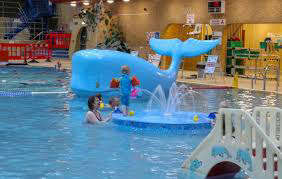 Community unites to save Northgate Arena’s whale!
Community unites to save Northgate Arena’s whale!
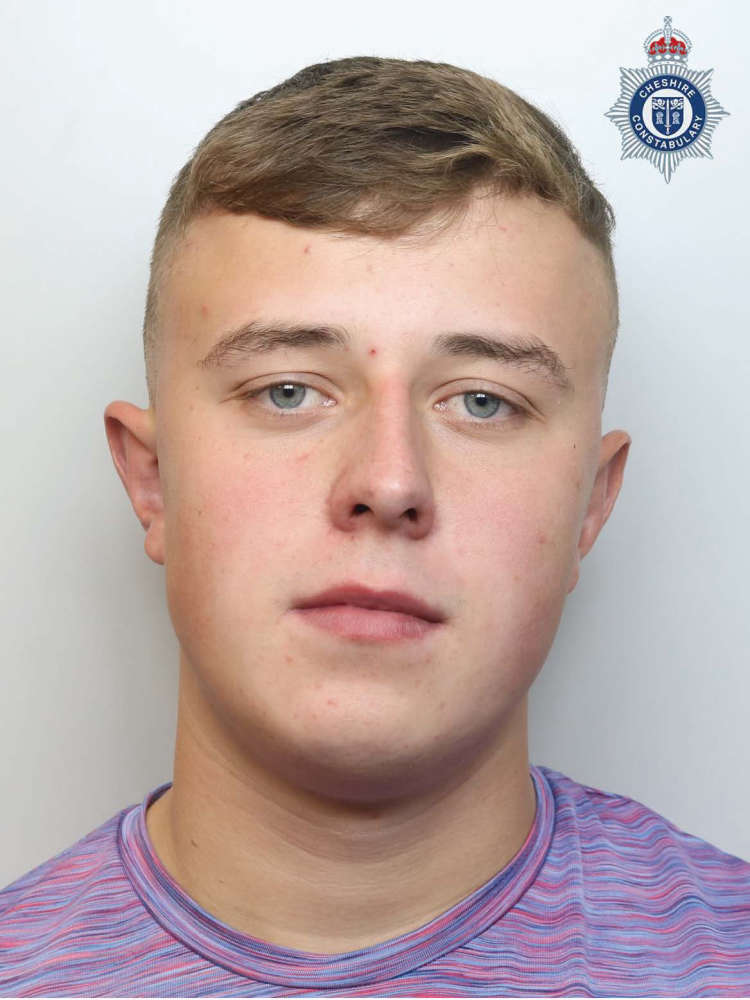 Man jailed for attempting to smuggle illegal drugs into Cheshire music festival
Man jailed for attempting to smuggle illegal drugs into Cheshire music festival
 Weekend and overnight closures for vital A550 Welsh Road repairs
Weekend and overnight closures for vital A550 Welsh Road repairs
 Blues Match Report: Chester FC 2 - 1 Marine
Blues Match Report: Chester FC 2 - 1 Marine
 Ellesmere Port school chosen to benefit from multi-million pound nursery funding
Ellesmere Port school chosen to benefit from multi-million pound nursery funding
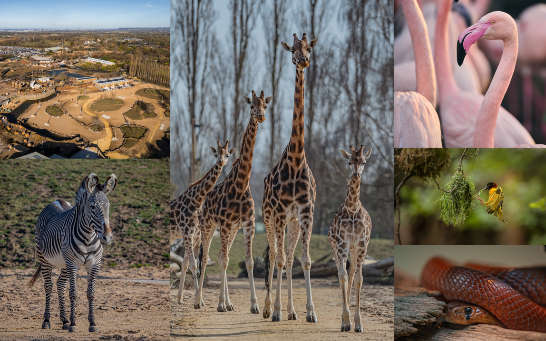 Tripadvisor rankings name Chester Zoo as the UK’s best zoo.
Tripadvisor rankings name Chester Zoo as the UK’s best zoo.
 Blues Match Preview: Chester FC v Marine
Blues Match Preview: Chester FC v Marine
 Blues Match Report: Southport 0 - 1 Chester FC
Blues Match Report: Southport 0 - 1 Chester FC
 Sam Rowlands MS is urging people to have their say on merging four schools in North-East Wales
Sam Rowlands MS is urging people to have their say on merging four schools in North-East Wales
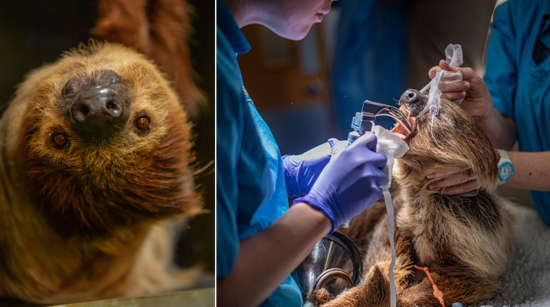 Pioneering dental surgery at Chester Zoo cured a sloth’s toothache
Pioneering dental surgery at Chester Zoo cured a sloth’s toothache
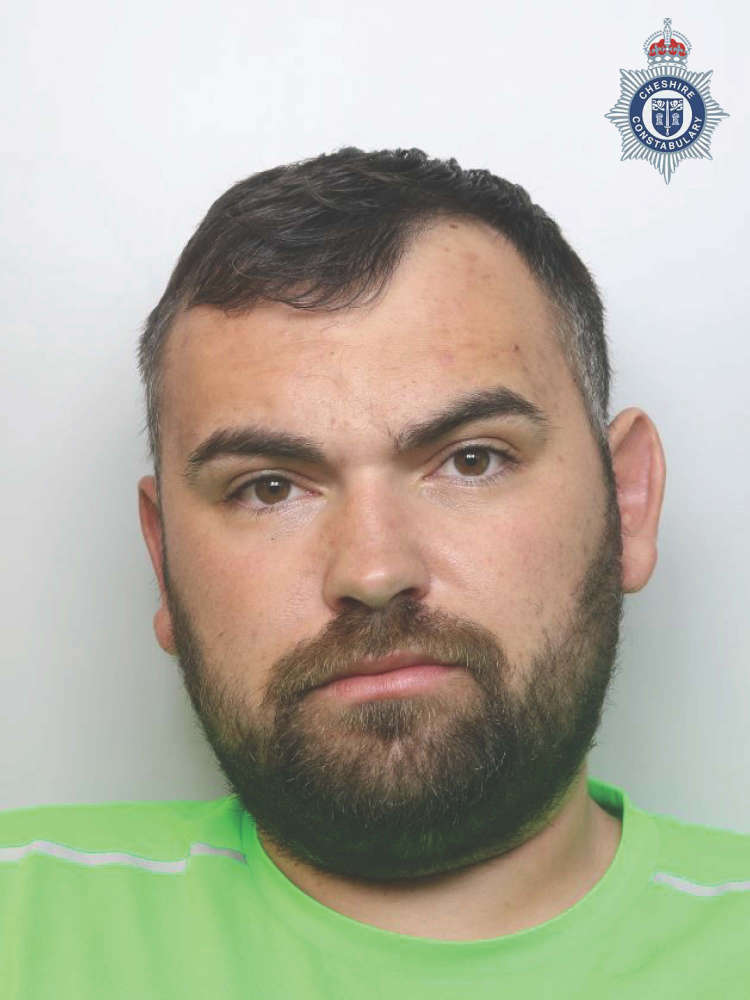 Drug dealer jailed after eagle-eyed officer spots him speeding in a car full of class A drugs
Drug dealer jailed after eagle-eyed officer spots him speeding in a car full of class A drugs
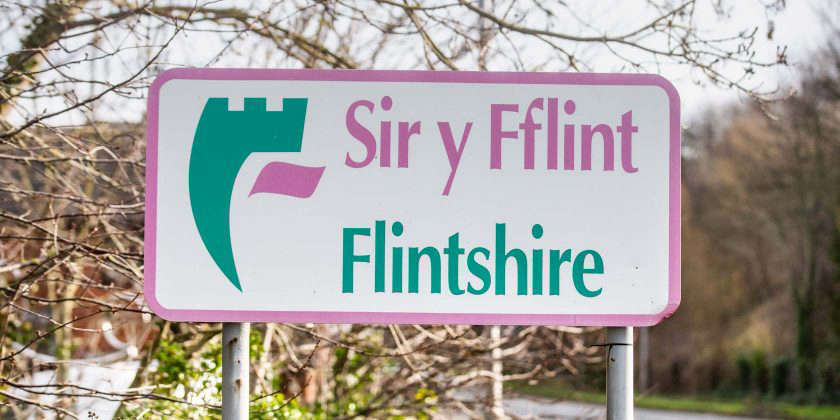 Enjoying the Countryside in Flintshire
Enjoying the Countryside in Flintshire
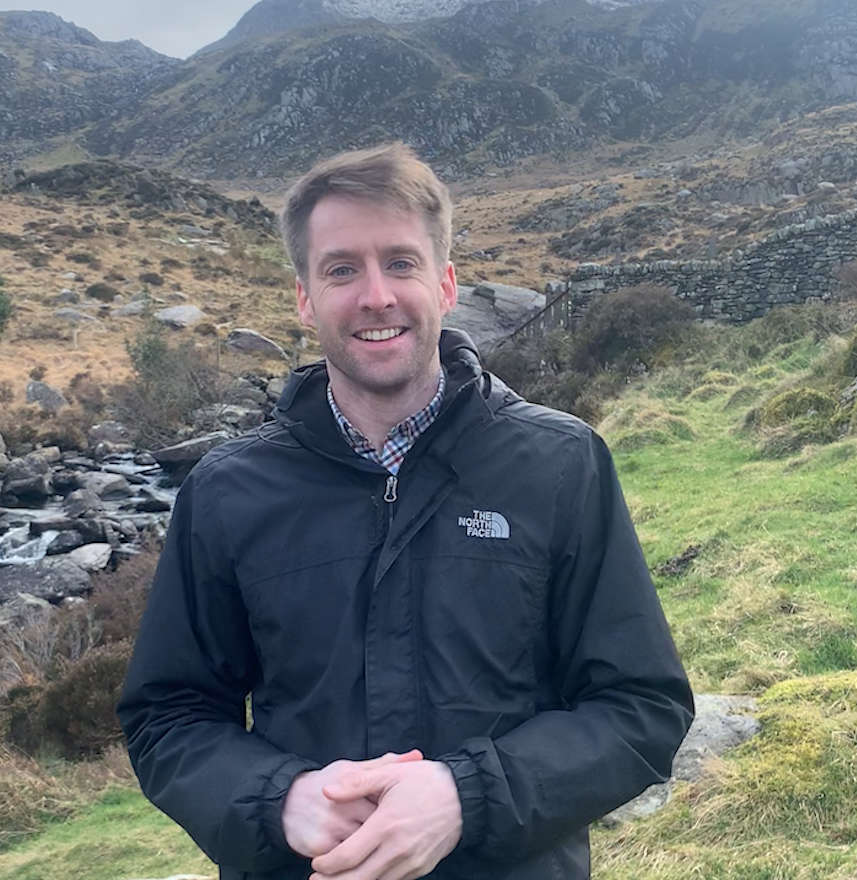 Member of the Welsh Parliament urges dog owners to keep their pets on a lead when in the countryside
Member of the Welsh Parliament urges dog owners to keep their pets on a lead when in the countryside
 Chester and Wirral Football League - Latest Results
Chester and Wirral Football League - Latest Results
 Heartfelt and Hilarious New Show by Disabled Artists Comes to Ellesmere Port
Heartfelt and Hilarious New Show by Disabled Artists Comes to Ellesmere Port
 Fly High Media Shortlisted for Prolific North Champions Awards 2025
Fly High Media Shortlisted for Prolific North Champions Awards 2025
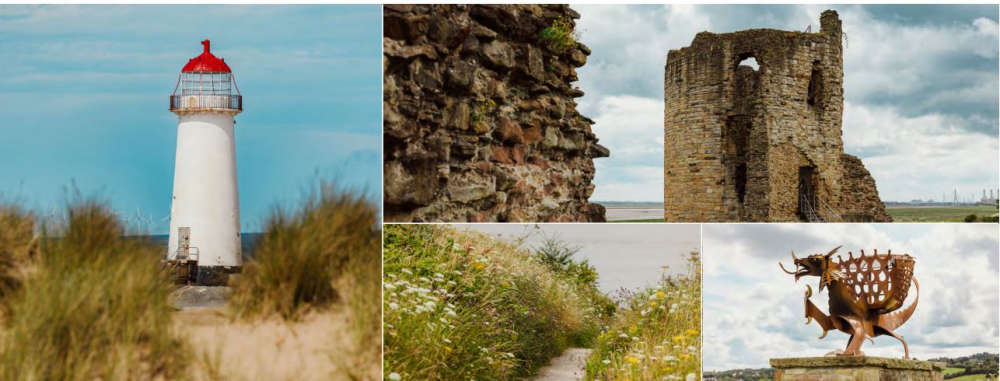 Council launches ambitious plan for Flintshire Coast Park
Council launches ambitious plan for Flintshire Coast Park
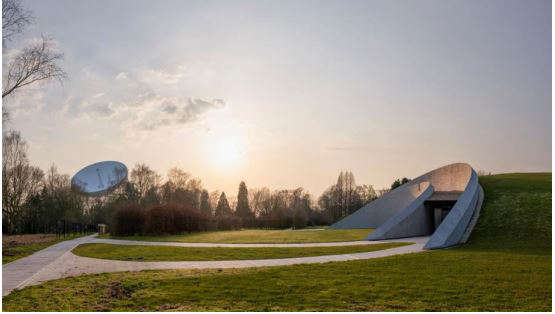 Cosmic Threads: 80 Years of Discovery
Cosmic Threads: 80 Years of Discovery
Comments
Add a comment